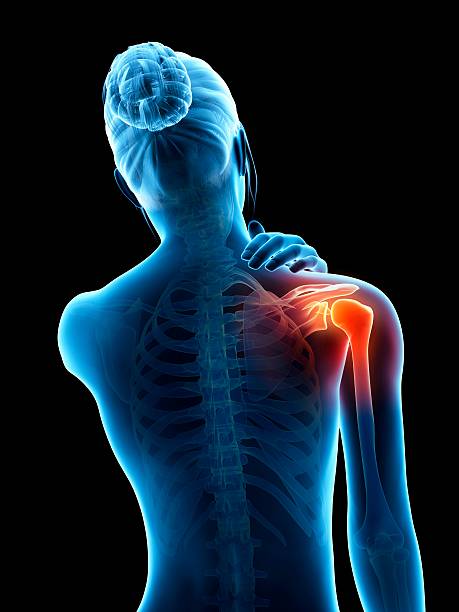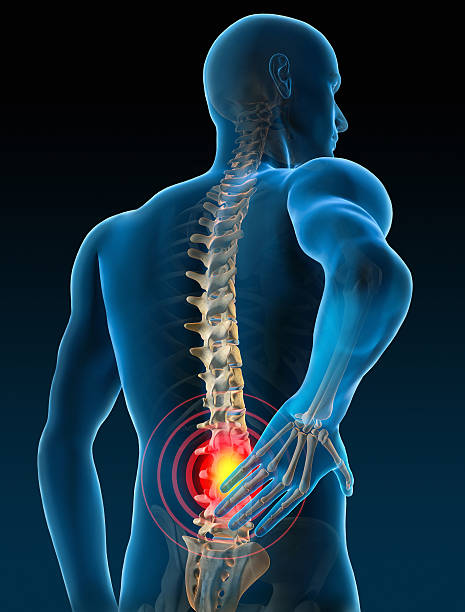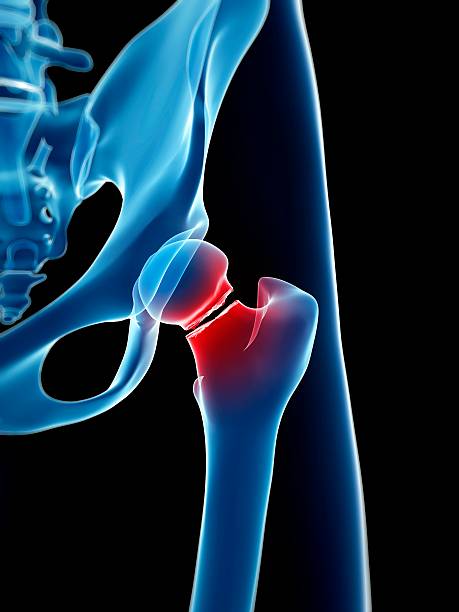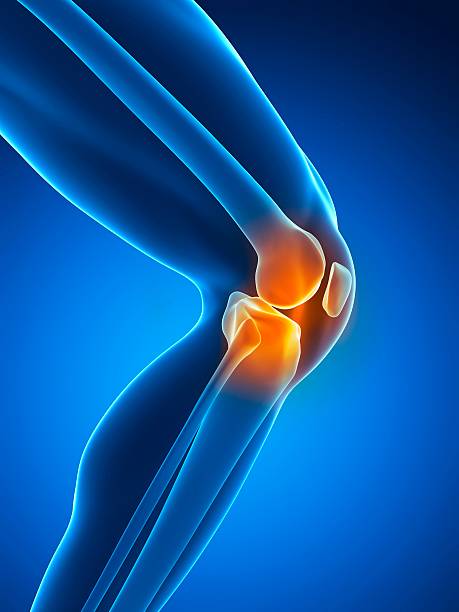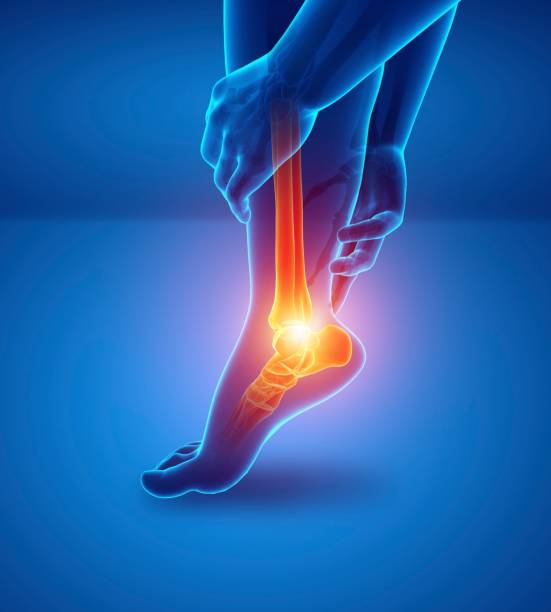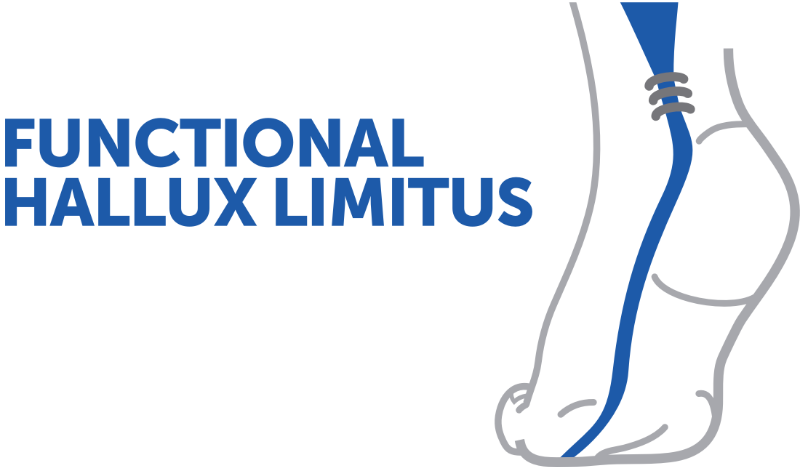Understanding ACL-Associated Meniscal Injuries
This presentation explores in depth meniscal injuries associated with ACL tears. It highlights the importance of meniscal repair to prevent long-term osteoarthritis, and presents modern repair techniques and their outcomes. Epidemiological and clinical data from large series are discussed.
Doctors
Topics
Treatments
Advice
- Dr. Bertrand Sonnery-Cottet
- Biomechanical considerations of meniscal injuries
- Modern repairs
- Clinical studies
- Root lesions
- Ramp lesions
- Meniscal suture
- ACL reconstruction
- Ligament repair
- Menisectomy
- Do not neglect meniscal root injuries
- Systematically explore ramp lesions
- Repairing lesions to preserve meniscal function
- Combine enterolateral reconstruction if necessary
Information
Video type:
Anatomy:
Thematic:
ACL rupture: a subluxation with associated injuries
Anterior cruciate ligament rupture should be considered as a knee subluxation. This framework explains the high frequency of associated injuries: meniscal injuries, anterolateral injuries and posteromedial detachments. The prognosis of the knee then depends largely on the meniscal status, a true "ring" whose continuity maintains load distribution.
Ignoring a meniscal injury can lead to an unfavorable outcome, even if ACL reconstruction is successful. Hence the need for systematic investigation and, if necessary, repair.
Prevalence, limitations of MRI and need for subsequent exploration
Depending on the series, 25 to 75 % ACL reconstructions are accompanied by meniscal lesions. MRI may underestimate some of these, particularly capsulo-meniscal detachments ("ramps") or lateral instabilities. Posterior arthroscopic exploration reveals these hidden lesions and guides an appropriate repair procedure.
Thinking of the meniscus as a continuous ring helps to understand extrusion and loss of function upon rupture.
Meniscal lesions are predictive of the risk of osteoarthritis in the medium and long term.
Root and ramp injuries: consequences and repair
A root lesion is functionally equivalent to a complete menisectomy: the ring is ruptured, the meniscus extrudes and no longer converts axial loads. Transtibial or anchor repair restores continuity and reduces contact pressures. A ramp lesion, the posterior brake of the knee, increases tibial translation and compromises ligament reconstructions if it is not repaired.
Treatment consists of identifying, reinvigorating and suturing these lesions as close as possible to the natural insertion.
Clinical results: improving suture survival
Recent series show a clear improvement in results: the failure rate of repairs fell when techniques became standardized and posterior exploration became systematic. The association of anterolateral plasty with ACL reconstruction further reduces the failure rate of capsulomeniscal sutures, reflecting better control of tibial rotation.
These data reinforce the restorative option when indicated.
It is better to spend time suturing than doing menisectomies.
Epidemiological data and risk factors put into perspective
The prevalence of root injuries remains moderate in ACL reconstructions, but their impact is significant, warranting active research. Risk factors include contact sports, concomitant injuries, and, for ramps, chronicity and significant laxity.
The accident-surgery delay does not increase root lesions, whereas ramp lesions increase over time when instability persists, an argument in favor of timely treatment.
Clinical Cap: Restoring the ring to preserve the future of the knee
When faced with an ACL tear, the optimal strategy combines ligament reconstruction and meniscal repair when indicated. Restoring annulus continuity, treating a ramp, and stabilizing the lateral compartment restore cartilage-protecting biomechanics to the knee.
The common thread remains function: preserving today to avoid osteoarthritis tomorrow and allowing a safe return to sport.
Pathologies treated at the center
Hallux Limitus
Functional
Your pain has a cause.The balance sheet allows us to understand it.
- Gait analysis
- Posture Assessment
- Guidance on the right treatment
- Study of plantar supports and supports
- Detection of compensations
- Pain–movement correlation
The functional assessment allows us to understand how a joint or postural imbalance can trigger or perpetuate pain. Very often, imaging is normal, but movement is disturbed. By analyzing gait, weight-bearing patterns, or posture, we identify the weak links in the chain and guide targeted treatment adapted to the patient's actual mechanics.


